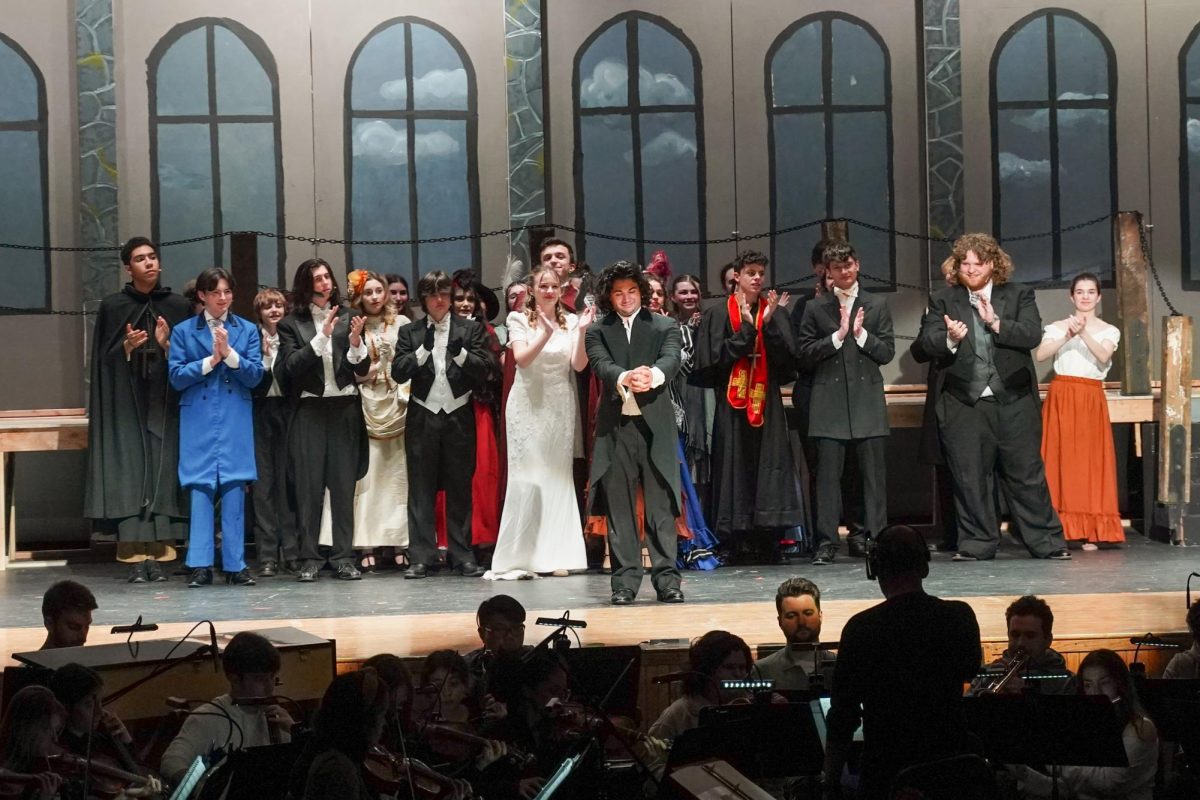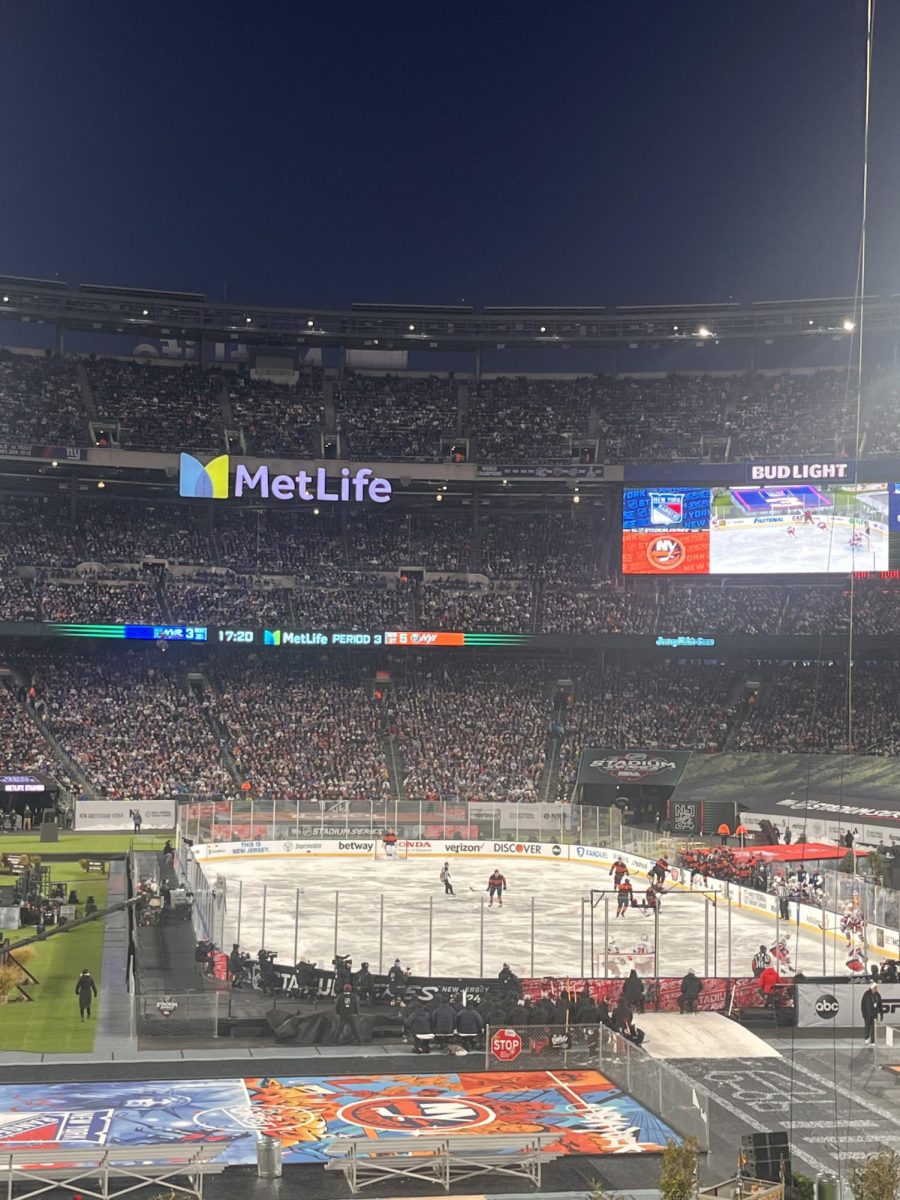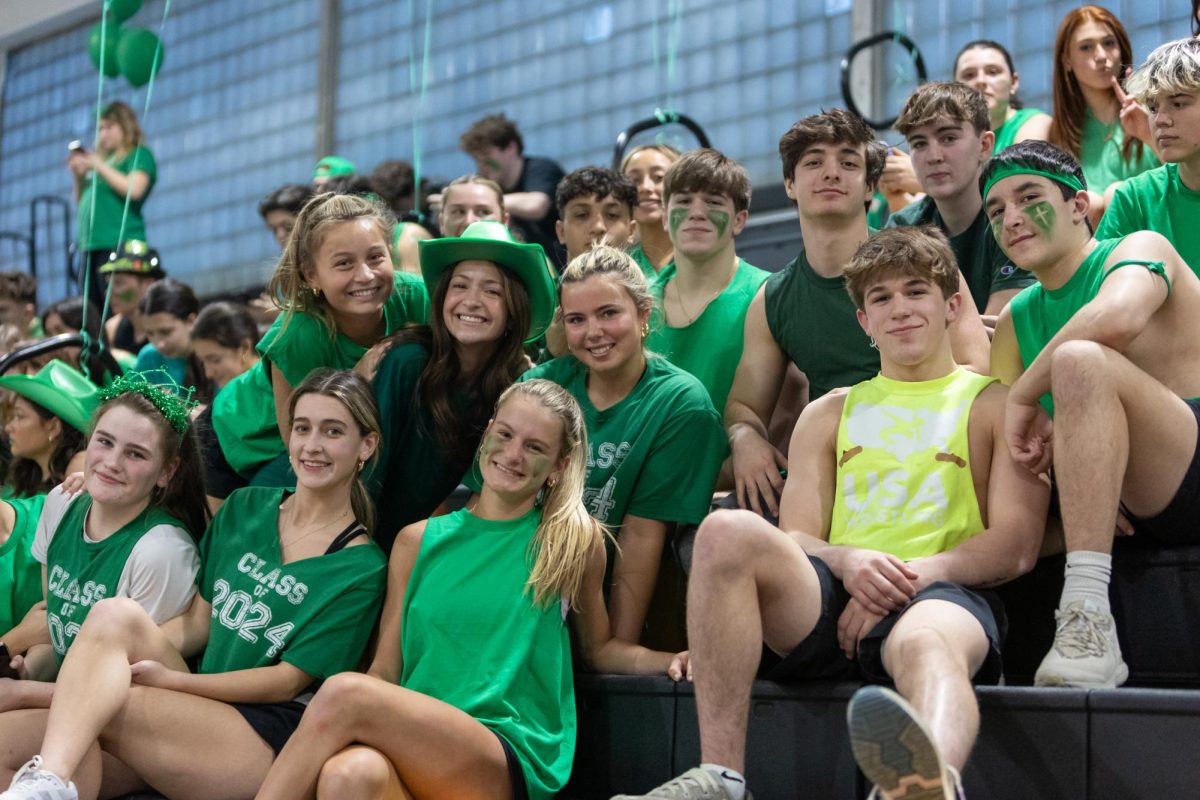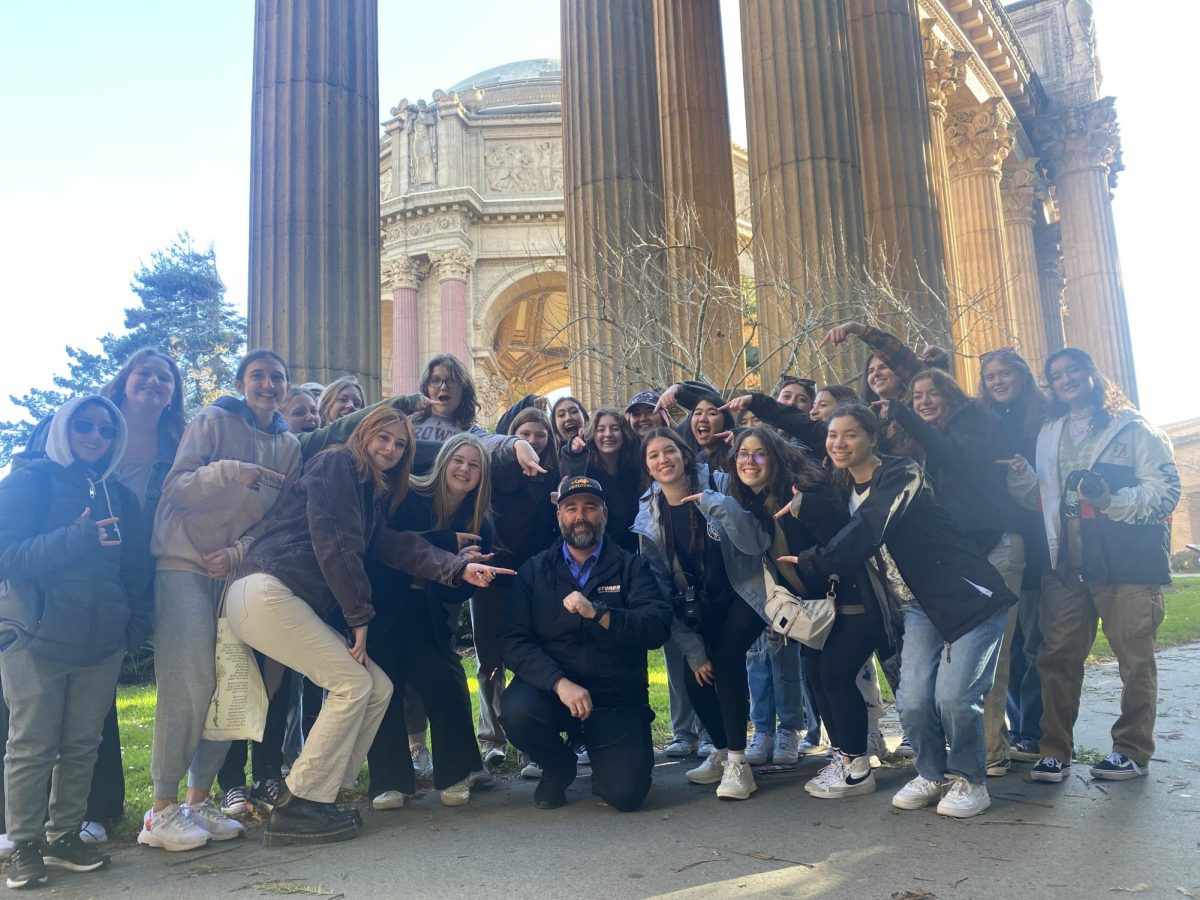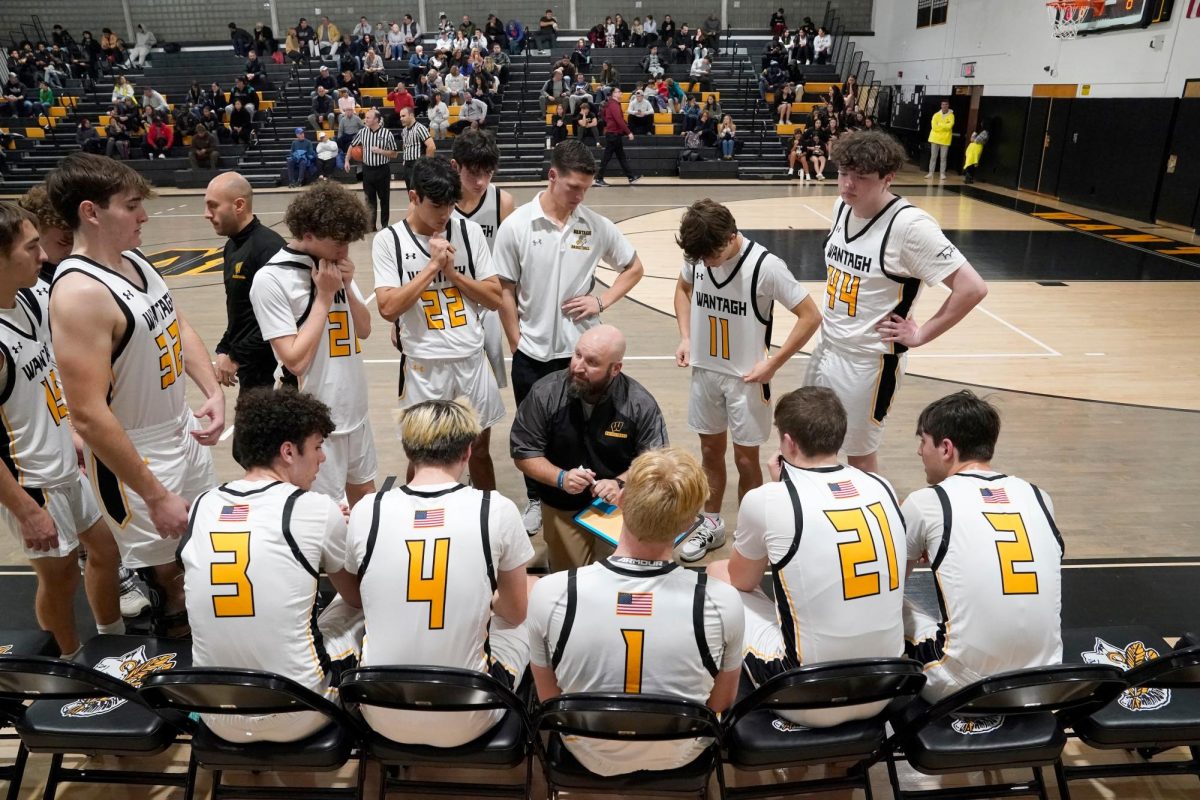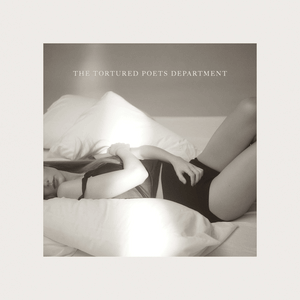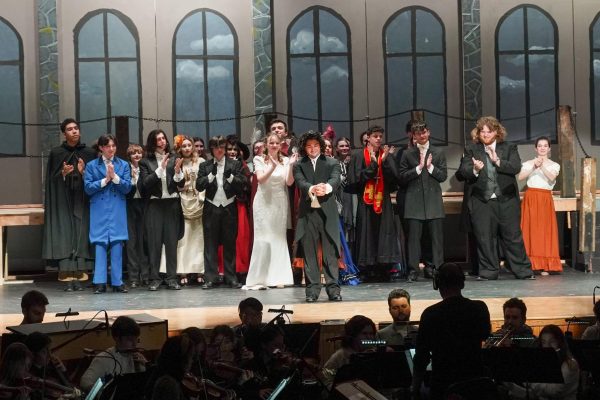The Unknown World of Irish Dance
September 30, 2016
Irish Dance is more than dresses, makeup, and kicking your legs. Irish Dancing takes energy, hard work, practice, and dedication. From your first day, after you learn your first step, you must vow to commit to the demanding sport.
In the world of Irish Dance, the competitions are called feises. In a feis, you dance in front of either one or three judges (depending on your level). Every Irish Dance school has its own school dress for team dancing, but the higher level that you are, you might get a solo dress, which is a custom dress that only you have. They are usually custom made, mostly in the U.K. and Ireland. A nice solo dress usually costs somewhere between $2,000 and $4,000. Also at feises, most dancers wear a wig with a tiara. Two different types of shoes (hard shoes, which are similar to tap shoes, but heavier, along with soft shoes, which are like ballet shoes with more laces and are usually worn tighter) are necessary for feises as well. These shoes need to be worked in and worn everyday in order to have a good arch.
At a feis, most dancers that participate on the higher levels dance one soft shoe dance(slip jig or reel) and a hard shoe dance(treble jig or hornpipe). A dancer on one of the first four levels may dance all four of these dances. If you are on the highest level of Irish Dancing, open champion, you perform three rounds. The open championship level is extremely hard to get into. Only the best of the best can dance on this level.
Becoming a great dancer requires working hard at every practice, but also practicing everyday at home. If you don’t put all that you possibly can into a practice, you will not be getting better or gaining anything. During dancing, there is a lot of techinique that you must focus on. During a feis, a judge looks for all of these key factors while a competitor is dancing, and the dancer that can execute their steps the best and has the best technique will receive the highest score and the highest placing amongst their competition.
Aside from feises, there are other major dance competitions, like the Oireachtas, the Nationals, and the Worlds. The Oireachtas is a team or a single person’s chance to qualify for certain dances at higher competitions, such as the Nationals. There are three major team events that a school can compete in during the Oireachtas which are the four hand, the eight hand, and the 16 hand, or a figure. The Nationals is an extremely hard competition because the dancers are top performers and everyone from North America competes. If a dancer, or team, qualifies in the Nationals competition, they have the ability to compete in the Worlds competition. The competition is extremely tough. Earning a spot on the podium is extraordinarily difficult, but it is very rewarding for the dancer who has worked hard all year for this amazing opportunity.

